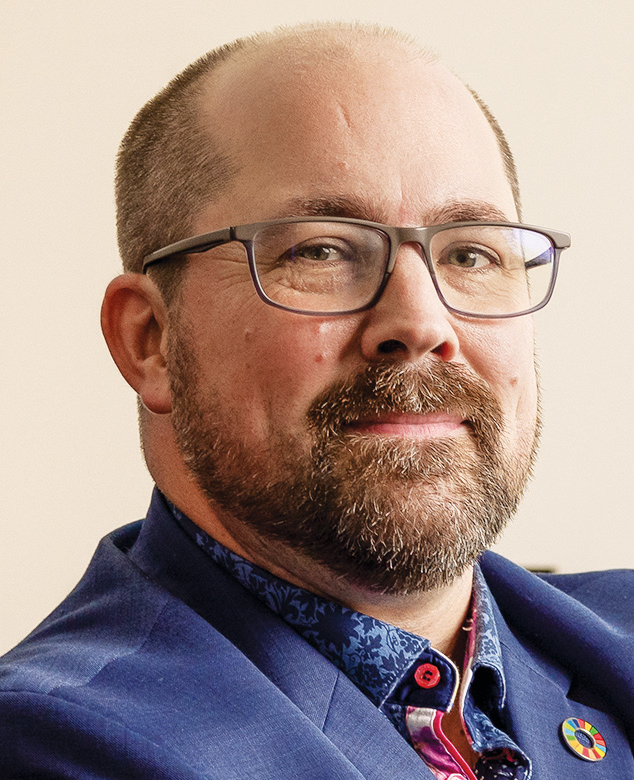Trust is the glue of life
 |
| Dr Joshua Greggain |
Whenever polling firms across the nation ask Canadians which profession they most trust, doctors perennially rank in the top five and often in the top two. In 2022, nurses, paramedics, firefighters, and farmers rounded out the top five. Our patients continue to trust us and generally continue to respect us. This is a privilege.
Yet, how easy is it for us to extend trust to others? Do we trust ourselves? Do we lead with trust when we interact with our patients, allied health professionals, health authorities, administrators, or government? I think the answer can be complicated, and it depends on the situation.
In his book The Speed of Trust, author Stephen M.R. Covey says that trust is the most essential ingredient for effective communication and is foundational in all relationships. In fact, relationships move at the speed of trust. When establishing a new relationship, it takes time to build trust, incrementally at first with shared experiences that provide the opportunity to build a positive connection. When relationships fail, it is usually as a consequence of negative experiences or actions that are deemed to lack trust, which in the end derail communication and ultimately the connection. “Trust is the glue of life,” says Covey. And trust itself is the combination of character and competence—character being the sum of integrity and intent, and competence being the sum of capabilities and results. If any one of those is missing, it is difficult to build meaningful trust.
Simply put, trust takes time to build, but moreover, trust takes character and competence. When I look at the current landscape of our profession, I recognize that we don’t always feel as though we are trusted. We endeavor to exhibit good character; our years of education and subsequent experience give us unique competencies to be seen as experts in our chosen fields. Yet, sometimes when we interact with patients, whether in our practice, in hospitals, or in our communities at large, I am not convinced that we believe we are trusted. And I don’t know if we lean in from a starting position of trust.
I wonder, if we applied Covey’s lens of trust—character (integrity plus intent) and competence (capability plus results)—to our relationships with our partners, patients, colleagues, and collaborative partners, would we accelerate the pace of trust in those relationships? If we trust others’ intent and integrity from the outset, would we build a deeper understanding? Does deeper understanding build commonality, commonality build connection, and connection then build trust? I presume the answer is still that it can be complicated. If we viewed this from an introspective angle, would we be more trusting of others? Would we become more trusted? More trustworthy? If trust is the glue, would it be strong enough to hold us together, both individually and as a profession?
Over the coming year, I commit to demonstrating trust. I hold my personal integrity of paramount importance and welcome direct conversation if you feel I am falling short. I am intent on being intentional. I bring with me to the presidency and to Doctors of BC a determined authenticity of character and truthfulness and will strive for shared capabilities and, consequently, tangible results.
Trust is the glue of life; therefore, trust is the glue that holds us together. Over this year, with time, I will ask you to trust in me, to trust in your association, to trust each other, and to foster trust within the profession. My year will focus on our continued journey as an association that strives to be trustworthy, a leadership that can be trusted, and a profession that perennially holds the trust of our patients, something that is invaluable and needs to be held as a continued privilege.
—Joshua Greggain, MD
Doctors of BC President
hidden
 |
| This work is licensed under a Creative Commons Attribution-NonCommercial-NoDerivatives 4.0 International License. |

